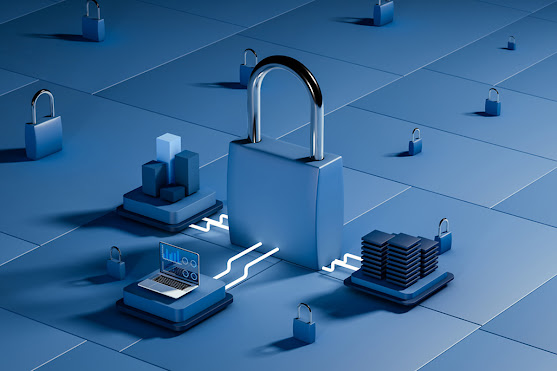2024 Cyber Threats: What's New and What You Should Keep an Eye On!!
Individuals, businesses, whether small or big, governments, and groups have adopted the computer system to ease work. These systems have to be protected from various threats on the internet or people with ill intentions to infiltrate the systems. One of the areas that have been most affected by this is security or rather the need for better security. It is becoming a trend for hackers to get into a system, transfer data, and then demand money for their information. In this blog post, we are going to highlight the things you need to keep in mind regarding cyber threats under the guidance of Alec Kassir Miami.
 |
| 2024 Cyber Threats: What's New and What You Should Keep an Eye On |
This is why more business organizations are seeking cyber insurance policies. Cyber insurance is the coverage designed to provide reimbursement for financial losses caused by cyber threats or even hacking attacks. It can also cover legal expenses with the attacker, return lost data, and restore the image of a business after a cyber-attack.
1. Ransomware Attack:
These attacks use malicious software to deny access to a computer’s or a computer network’s resources for a fee. By 2024 it is no longer just individuals falling victim to ransomware, but businesses, government bodies, and essential services. These criminals are now using artificial intelligence such as double extortion in which they not only encrypt the data but also say they will release the data if their demands are not met. The best way to guard against ransomware programs is to ensure data is frequently backed up, software is updated regularly, and cybersecurity measures employed are robust.
2. Supply Chain Attacks:
Thinking about the nature of modern threats, it is worthwhile to admit that supply chain attacks are a significant concern for all organizations without exception. These are risks that occur when criminals attack the software supply chain. They target reliable providers and introduce malicious software updates under the garb of genuine software upgrades. This can lead to many organizations losing their systems’ integrity and suffering the theft of their information. To minimize these risks, organizations must scrutinize their suppliers, look for signs of any suspicious activity, and avoid compromising access controls.
3. Information in Motion: IOT Risks:
IoT popularity provides new opportunities for hackers as a growing number of people use connected devices. Smart home devices such as smart thermostats, surveillance cameras, and wearables, especially, can be easily hacked since they connect to the internet with minimal protection. In the year 2024, experts have predicted a rise in the number of cyber threats relating to the IoT which include botnet attacks. In these attacks, hackers become the master of many devices that bring traffic to a system’s downfall through a Distributed Denial of Service (DDoS). IoT devices must be secured by the user to change passwords on the default one, update the firmware of the device regularly, and avoid connecting IoT devices to essential systems of the network.
4. Deep Fake Technology:
Deep fake technology entails the fabrication of fake-looking pictures, videos, and even audio based on artificial intelligence. In 2024, this technology has developed to a great extent that it is becoming extremely difficult to distinguish reality from artificiality. Deep fake technology can also be used for malicious intent by hacking criminals including fake news creation, identity theft, and defamation, says Alec Kassir Thus, to prevent deep fakes, people should not only look at media online to read or watch something and then share it without checking if it is genuine.
 |
| 2024 Cyber Threats: What's New and What You Should Keep an Eye On! |
In conclusion, the cybersecurity space will be very different in 2024 and has numerous threats, risks, and vulnerabilities that affect individuals, organizations, and society. From ransomware attacks, and hitches in the supply chain, it is crucial to be on standby to prevent cyber threats.



Comments
Post a Comment